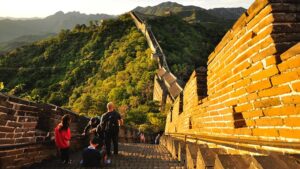Located on the western border of China, Tibet, with an average altitude of 4000 meters, is known as the ‘roof of the world.’ Due to its unique geographical location, strong religious and political culture, and charming and pure natural scenery, this mysterious land is fascinating and awe-inspiring. If you are interested in exploring this land but have many questions and concerns, like Tibet safety, altitude sickness, travel permit, and so on, I recommend that you continue reading this article.
Tibet Safety
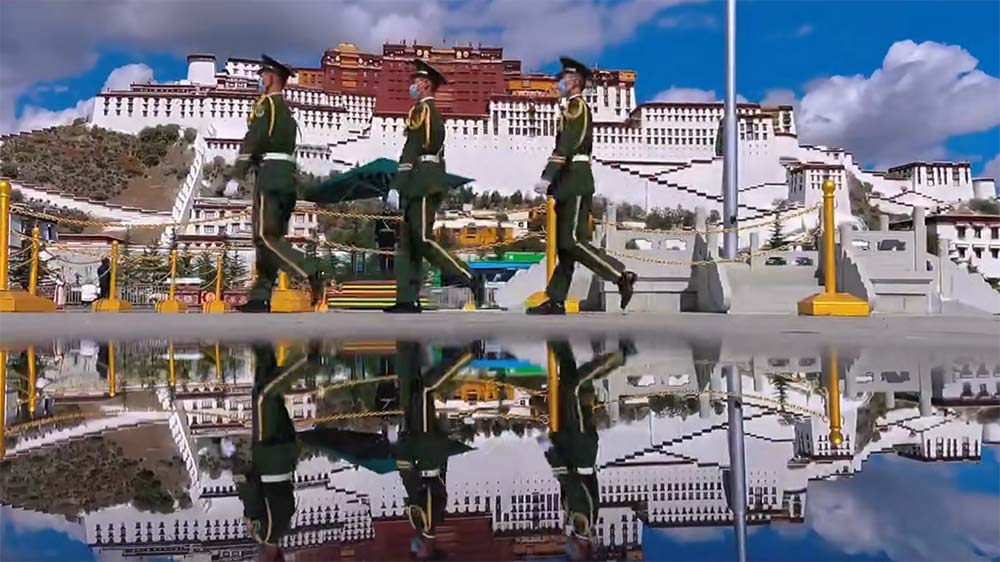
The first thing that travelers ask about Tibet is always the matter of safety. The answer should be ‘Yes, it is safe.’
The security in Tibet is very stable now, even better than in other China travel destinations. Taking trains and planes to the capital city, Lhasa is the best option to enter Tibet. All the trains have police officers on board. Because it is a border area of the country, China has significantly strengthened the security protection in Tibet. In Lhasa, armed police officers and soldiers on patrol can be seen everywhere, and there is a 24-hour security booth every 100 meters away. Therefore, it is very safe for tourists to travel here.
Most Tibetan residents believe in Buddhism and are simple, kind, and warm to others. Of course, tourists should also respect the locals’ religious beliefs and behavioral norms.
Tibet altitude sickness
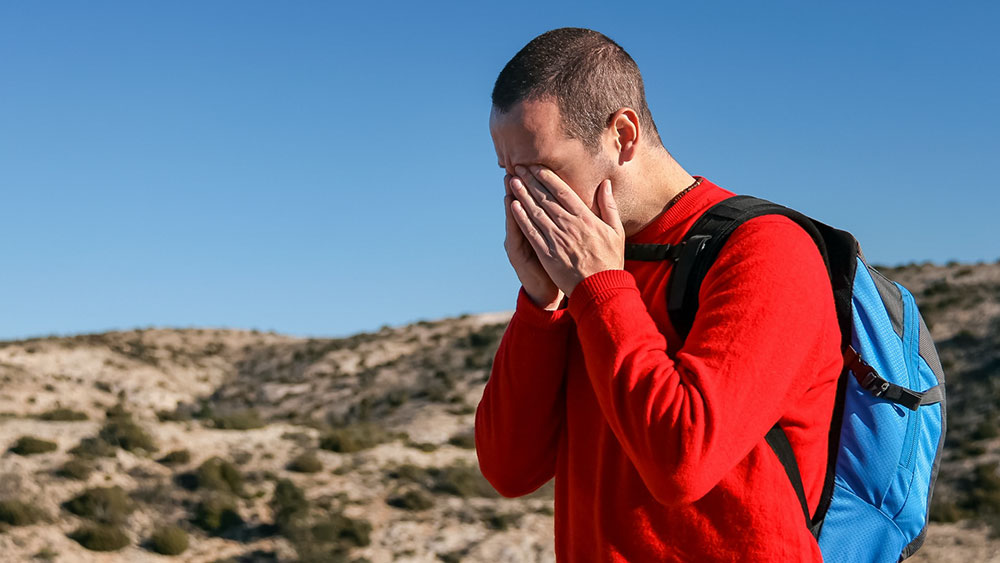
In addition to safety issues, altitude sickness is the same concern for tourists. About 20 million tourists visit Tibet every year. Altitude sickness is possible and unpredictable for everyone. Here are the repeatedly proven opinions from a professional with over 30 times Tibet travel experience:
- Altitude sickness is an inevitable stress response after humans enter the plateau.
- Whether you have altitude sickness or not has nothing to do with whether you have had altitude sickness at the same altitude before. It is only related to factors such as your fatigue level, whether you catch a cold, and whether you are overeating.
- If you are not a patient with a severe cold, heart or lung disease, or other doctor’s orders not to go to high altitudes, at the same time, please correct your attitude, take precautions and respond. After a day or two of adaptation, altitude sickness will not affect your travel!
- After arriving at high altitudes, it is the best way to prevent severe altitude sickness by a stay in bed and put down your mobile phone for more than a day. Chattering, fatigue, and bathing in a cold room are wrong ways to aggravate altitude sickness.
- Entering Lhasa by train will not reduce the occurrence and intensity of altitude sickness. Fatigue caused by poor rest on the train can easily make you sick.
- Carry some medicines with you to relieve symptoms of altitude sickness such as headaches and leg pains. Please follow the doctor’s advice.
- Strive to let the body adapt to the hypoxic environment, and then inhale oxygen or see a doctor when severe symptoms.
- Constantly looking at the mobile phone and the altitude table is a bad habit that aggravates altitude sickness.
- To adapt to “drunk oxygen,” you should get enough sleep for 10 hours on the first night after leaving the plateau area. Do not engage in heavy work and excessive drinking the next day.
Tibet Visa and Aliens’ Travel Permit
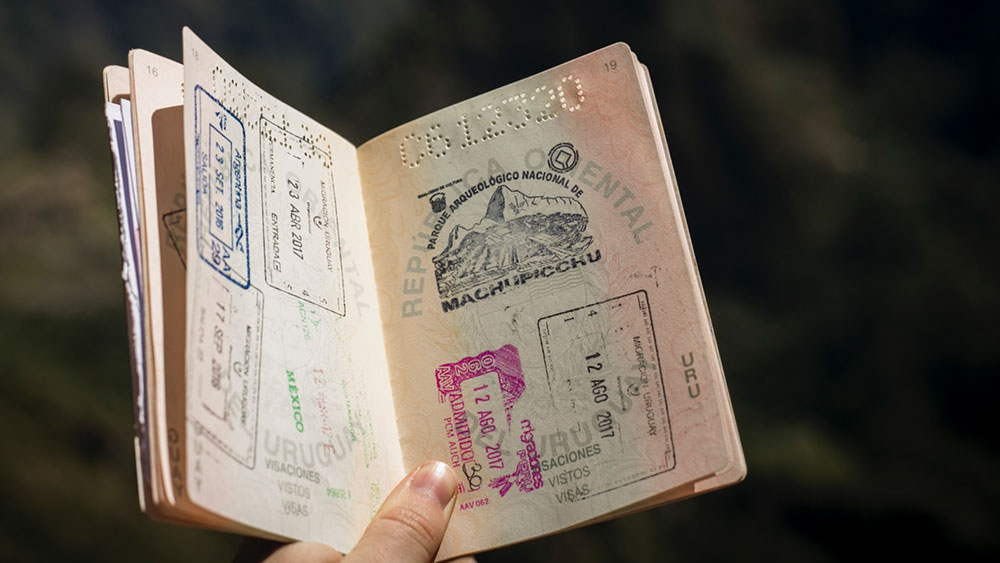
Unlike other parts of China travel destinations, foreign tourists cannot travel alone in Tibet and need to join a tour group. It is recommended to contact a professional travel company at least 2 to 3 months in advance. In addition to the Chinese tourist visa, Tibet travellers must also apply for an Aliens’ Travel Permit through the travel company. When applying, provide the Chinese tourist visa, passport, work certificate, and daily itinerary. The length of processing time depends on the destination provided in the itinerary. In addition, foreign tourists can only stay in foreign-related hotels.
Things not to do in Tibet
Tibet, which countless people yearn for, always has a mysterious colour. However, the mystery also represents many customs and taboos. Here’s what you must never do in Tibet:
- Do not use the payer wheels incorrectly.
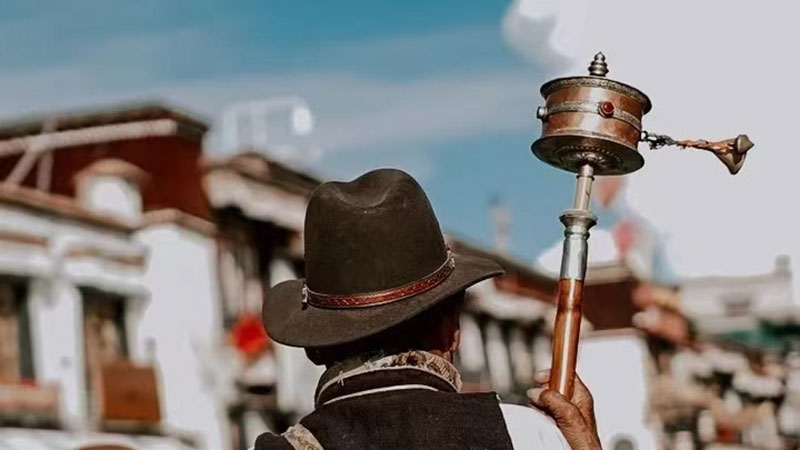
On Barkhor Street, sometimes tourists can be seen shaking their prayer wheels and taking pictures simultaneously. At this time, the Tibetans on the side will shake their heads and sigh. The prayer wheel is an artifact. First, you must respect it, hold it straight, and not keep your thumb up. When turning, you need to maintain a clockwise direction, and the speed cannot be too fast. Never turn counterclockwise. Because the ‘om mani padme hum’ written on the prayer wheel is written from left to right, the anti-clockwise rotation is equivalent to the scripture being recited upside down; this is not in line with Buddhism. Pointing the top of the prayer wheel to the ground also disrespects Dharma.
- Do not move the stones on Marnyi Stone.

In Tibet, Many stones are piled into altars – Marnyi Stones, and some stones are also written with the Six Sons Mantra or auspicious patterns. These stones are said to have supernatural spirituality and bring good luck to people. Therefore, you must not take stones from the Marnyi Stones, but you can add stones to the top, adding blessings and longevity. Be careful not to knock over when adding stones. Otherwise, good luck will be lost.
- Hats, sunglasses, and short skirts are not allowed when visiting monasteries. Not to step on or sit on the threshold. Do not touch Buddha statues and scriptures without authorization.
The above behaviour will be regarded as disrespect to the divinities.
- When the prayer flag collapses, you must not step on or cross it. You can only go around or bend over and pass below.
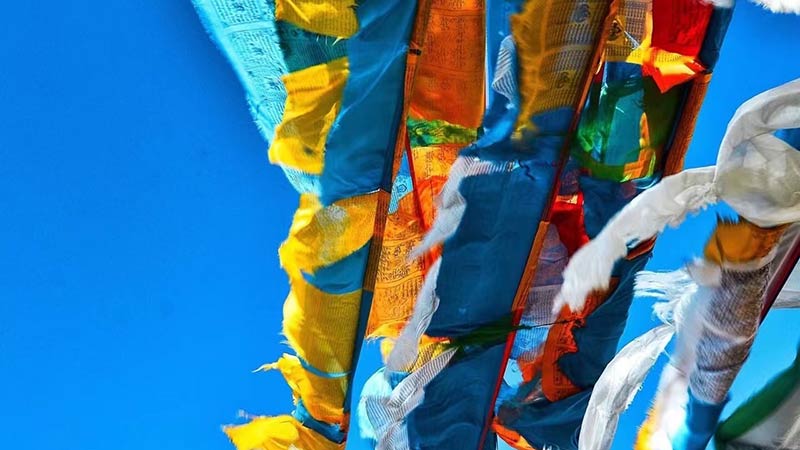
- You can’t play in the holy lake in Tibet.
For Tibetans, it is said that gods inhabit every mountain and lake in Tibet. These gods pay attention to people’s every move, govern changes of the situation, the suffering of the world, and even the soul’s transcendence. Playing in the holy lake revered by Tibetans is blasphemous.
- When you meet Tibetan children, you can’t touch their heads because they are so lovely.
In Tibetan traditional culture, except for eminent monks and elders, one cannot casually touch other people’s heads.
- When pouring wine for Tibetan friends, don’t pour it backwards.
For example, holding a wine bottle in the right hand can only pour wine for the Tibetan friend on the left but not the friend on the right. In Tibetan customs, pouring wine with the backhand means pouring wine for the dead.


